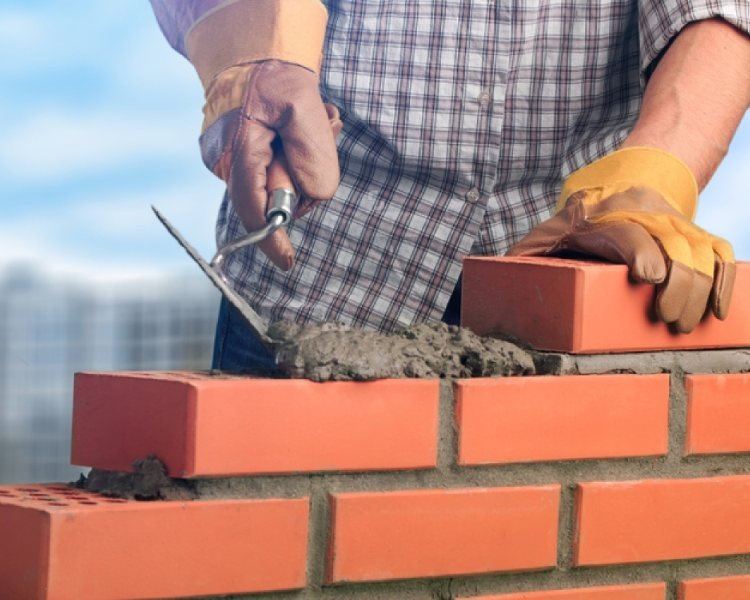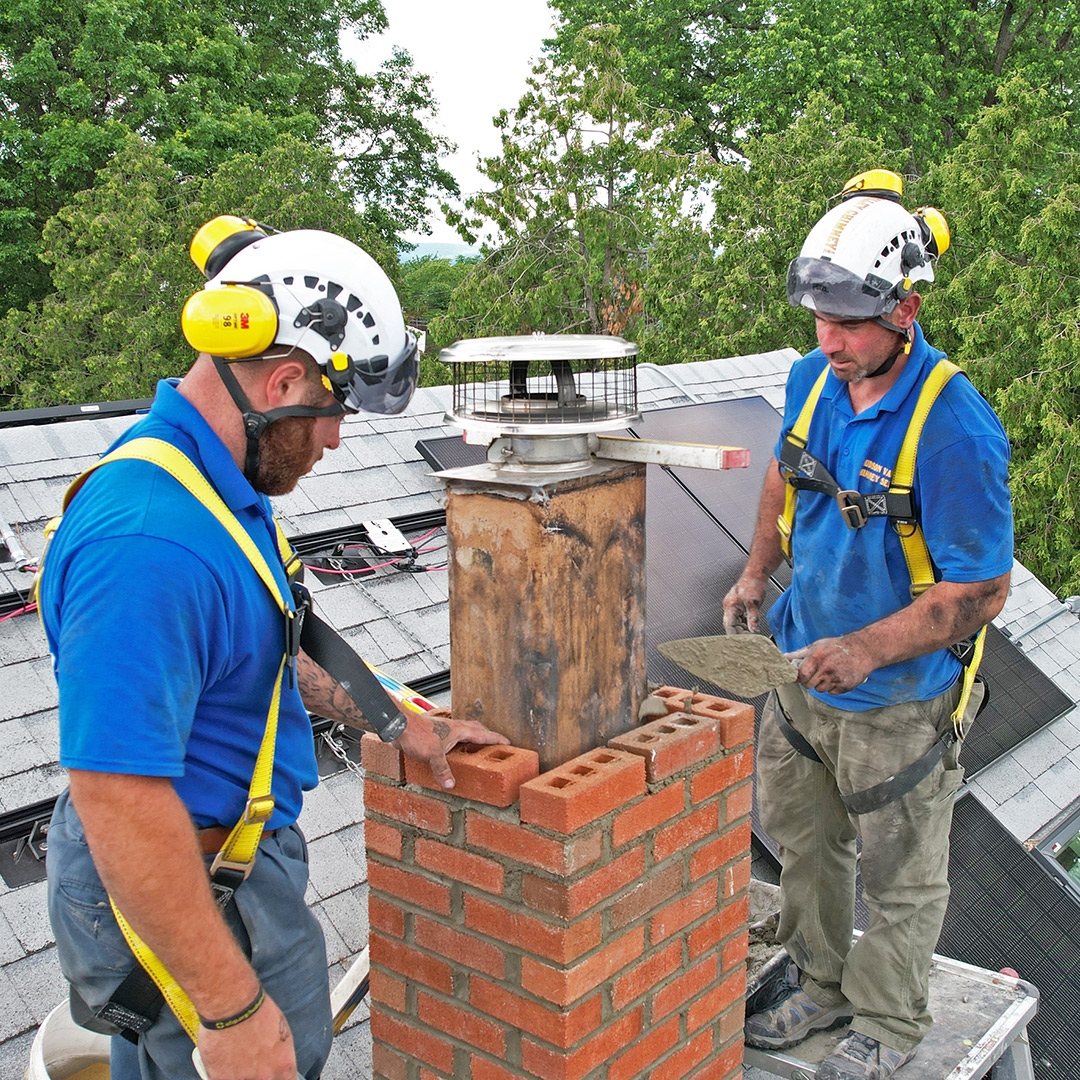Opening the Secrets of Lasting Stonework Building And Construction Practices for Eco-Friendly Buildings
In the world of modern-day building, the pursuit of lasting methods has become extremely important. Among the myriad techniques to environment-friendly building, sustainable masonry construction sticks out as a time-tested and long lasting approach that holds a wealth of untapped possibility. From the selection of products to ingenious construction methods, the secrets to achieving sustainability within stonework construction are diverse and appealing. By exploring the advantages, products, strategies, and future trends of lasting masonry, a much deeper understanding of how these techniques can form the future of eco-friendly structures emerges.
Benefits of Lasting Stonework Building
Welcoming lasting masonry building and construction practices not just minimizes environmental influence but additionally uses long-lasting financial advantages to building contractors and neighborhoods. By utilizing materials like recycled bricks, obstructs, and rocks, building contractors can substantially decrease the carbon impact of their jobs while promoting source performance. In addition, sustainable stonework construction methods, such as proper insulation and thermal mass homes, can boost energy efficiency within structures, leading to lowered operational prices in time.
Additionally, the sturdiness and resilience of stonework structures contribute to lasting economic advantages. Structures constructed utilizing lasting masonry practices commonly require less repair and maintenance, translating to cost savings for contractors and homeowner. The longevity of masonry products also ensures that structures stay secure and secure, decreasing the demand for regular renovations or replacements.
Eco-Friendly Stonework Products
Making use of environmentally friendly masonry products is a critical step in the direction of improving the sustainability of construction techniques and reducing ecological impact while making best use of long-lasting financial advantages. Sustainable masonry materials are sourced, generated, and used in a manner that reduces total environmental impact. Lasting concrete blocks integrate recycled accumulations and might feature improved insulation properties, contributing to energy performance in buildings.
Moreover, all-natural materials like adobe, rammed planet, and straw bales provide outstanding thermal mass properties, lowering the need for heating and cooling power. These materials are commonly in your area readily available, promoting local economies and reducing transportation-related carbon discharges. By picking environment-friendly stonework products, construction jobs can significantly reduce their environmental impact and add to the production of much healthier, extra sustainable developed environments.
Energy-Efficient Stonework Techniques
Power performance plays an important function in improving the sustainability of masonry building practices. One key energy-efficient masonry technique is the usage of thermal mass, which entails incorporating dense products like concrete or brick right into the building's structure to soak up and save warmth.

Innovations in Sustainable Stonework
Current developments in lasting masonry methods have brought around cutting-edge techniques that are reshaping the construction sector. One such advancement is the development of self-healing concrete, which uses bacteria installed within the concrete to heal fractures autonomously. This innovation not just lowers maintenance expenses yet additionally boosts the sturdiness of stonework structures, contributing to their sustainability.
One more significant innovation is making use of recycled accumulations in masonry building - masonry contractor. By including products such as smashed ceramic waste or recycled glass right into concrete blends, contractors can minimize the ecological effect of construction jobs while preserving architectural stability. This technique not just diverts waste from landfills yet likewise saves all-natural sources, making it a vital innovation in sustainable masonry building
Additionally, the combination of electronic layout devices, such as Building Information Modeling (BIM), is changing the method masonry structures are prepared and constructed. BIM enables more exact computations, minimized material wastefulness, and enhanced energy effectiveness, ultimately causing even more sustainable building techniques. These technologies collectively signify an encouraging future for lasting masonry building and construction in the age of green structures.
Future Trends in Masonry Sustainability
With the ingenious strides made in sustainable masonry techniques, the future fads in stonework sustainability are poised to further revolutionize the construction market. x24 concrete pavers Among the crucial trends forming the future of masonry sustainability is the boosted combination of technology. Innovations such as Structure Details Modeling (BIM) and digital truth simulations are being utilized to maximize masonry building and construction procedures, causing decreased product waste and boosted power effectiveness visit this site in structures.
Moreover, the growth of novel lasting materials is readied to play a considerable function in enhancing the eco-friendliness of stonework construction. masonry contractor. Developments like self-healing concrete, recycled aggregates, and bio-based binders are getting traction for their capability to minimize environmental impact while preserving architectural integrity

Final Thought
To conclude, sustainable masonry building methods use many benefits for environment-friendly structures. By making use of green products and energy-efficient methods, masonry can add to a more sustainable built atmosphere. Technologies in sustainable masonry are continuously being developed to additionally improve the ecological performance of buildings. Looking towards the future, the pattern of masonry sustainability is expected to grow, leading to more eco-friendly and energy-efficient building and construction methods in the years to find.